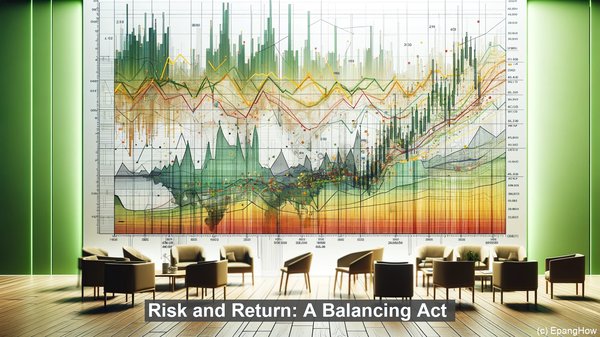Introduction: The Financial Ecosystem
Hello and welcome to our article on the money market and the capital market. These two segments form the backbone of the financial world, facilitating the flow of funds and enabling economic growth. While they may seem similar at first glance, they differ significantly in terms of purpose, duration, and the types of securities traded. Let’s delve into the details, shall we?
The Money Market: A Haven for Short-Term Borrowing and Lending
The money market primarily deals with short-term debt instruments, typically maturing in a year or less. It serves as a platform for governments, financial institutions, and corporations to meet their immediate funding requirements. Participants in the money market engage in activities such as treasury bills, commercial paper, and certificates of deposit. These instruments, known for their high liquidity and low risk, are often favored by entities looking for temporary parking spots for their surplus funds.
The Capital Market: A Gateway to Long-Term Financing
In contrast to the money market, the capital market is all about long-term investments. It’s the realm of stocks, bonds, and other instruments that have maturities extending beyond a year. Here, companies and governments raise capital for various purposes, be it expansion, infrastructure development, or research. The capital market offers individuals the opportunity to become stakeholders in businesses, with the potential for capital appreciation and regular income in the form of dividends or interest.
Risk and Return: A Balancing Act
One key distinction between the money market and the capital market lies in the risk-return tradeoff. While money market instruments are considered relatively safe, offering lower returns, the capital market is known for its potential for higher gains, albeit with a higher level of risk. This is because the latter involves market fluctuations, company performance, and other factors that can impact the value of securities. Investors in the capital market often employ strategies such as diversification and thorough research to mitigate risk.

Regulatory Oversight: Ensuring Fairness and Stability
Given the critical role they play in the economy, both the money market and the capital market are subject to regulatory oversight. In many countries, central banks and financial regulatory bodies set guidelines and monitor activities in these markets. The aim is to ensure fair practices, transparency, and stability. Additionally, regulatory measures may be implemented to safeguard the interests of retail investors, who form a significant chunk of the market participants.

